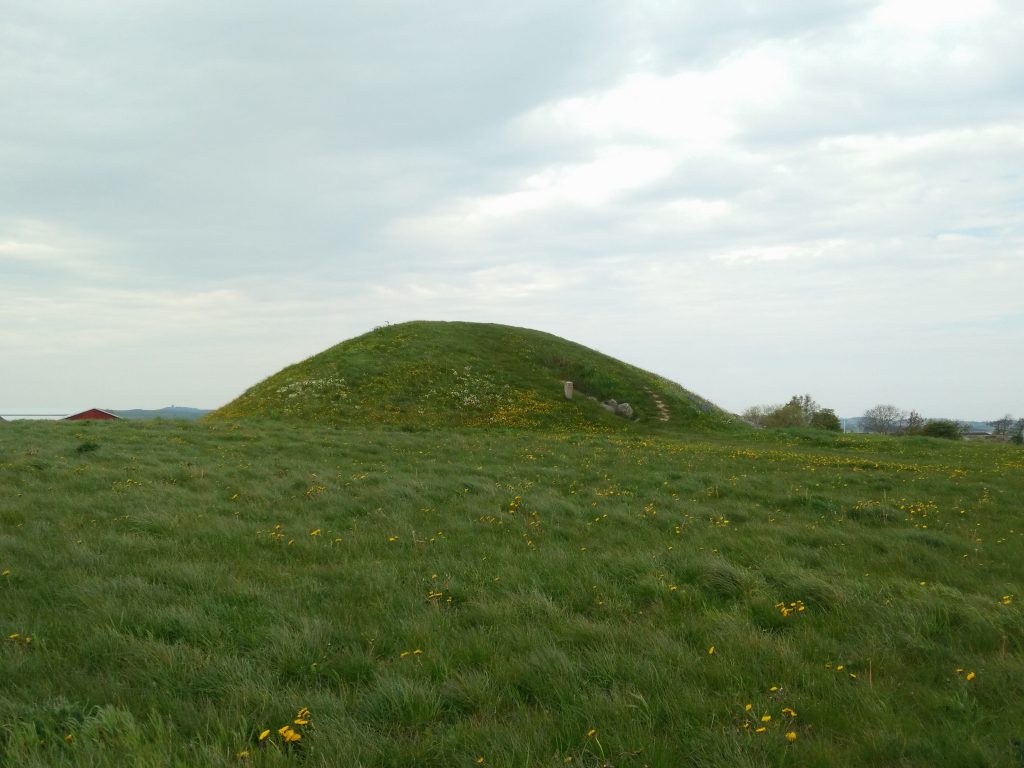The island of Lolland, Falster and Mons are known for its ancient tombs, aka passage graves or dolmen, from the stone and bronze age. In the Netherlands similar constructions are known in the province of Drente.
I started the day with a stroll trough one of the forests of Lolland where some tombs could be found. Also I was able to spot some deer as well as some pheasants.
Later I checked some tombs out along the way to Mons Klint which was my destination for today. Some of the tombs were restored in their original state, covered by dirt and appearing as a small hill in the fields. Others were just the large uncovered stones, showing an interesting insight in the construction.


I continued my drive to Mons Klint. During my search for a campsite I stumbled upon the primitive campsites provided by the Danish ministry of Environment. These campsites are mainly focused on hikers, cyclers and other performers of other outdoor activities and provide a shelter, composting toilet and fireplace. And best of all, its all free! I checked some out which didn’t have a parking space nearby and eventually found a really nice one at the seashore which did have a parking space.

Eventually I decided to parked Brutus behind some bushes on the pebble beach, mainly because the parking was not level and during the evening became quite busy with other cars from people spending the night at the campsite. In the evening the campfire was lit and food was prepared.

More information about sleeping outside in nature in Denmark can be found on the website of the Ministry of Environment and Food of Denmark
The handy website Ud i naturen (out in nature) shows an overview of the available primitive campsites